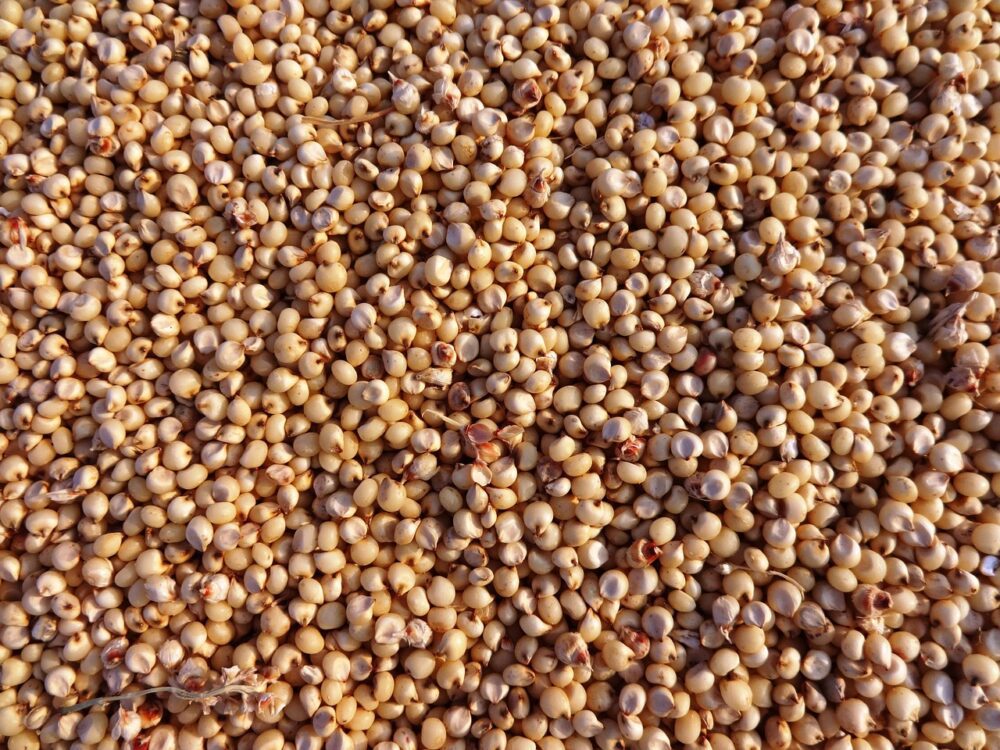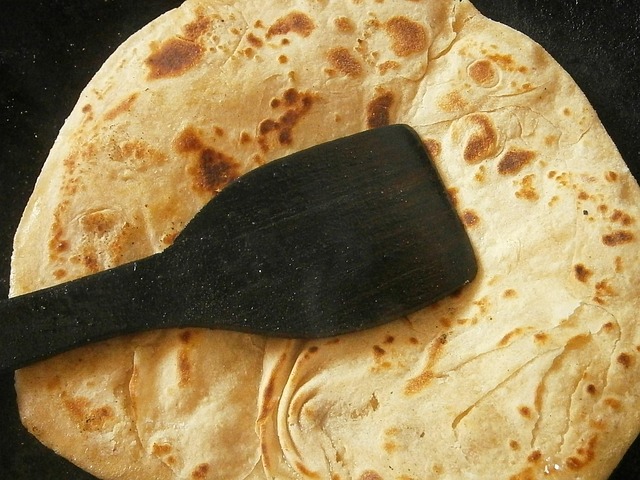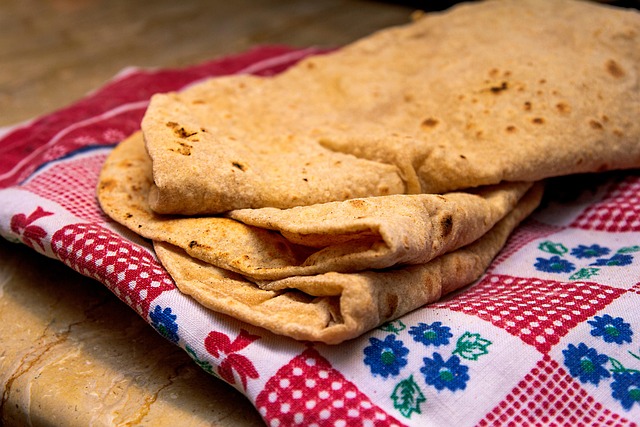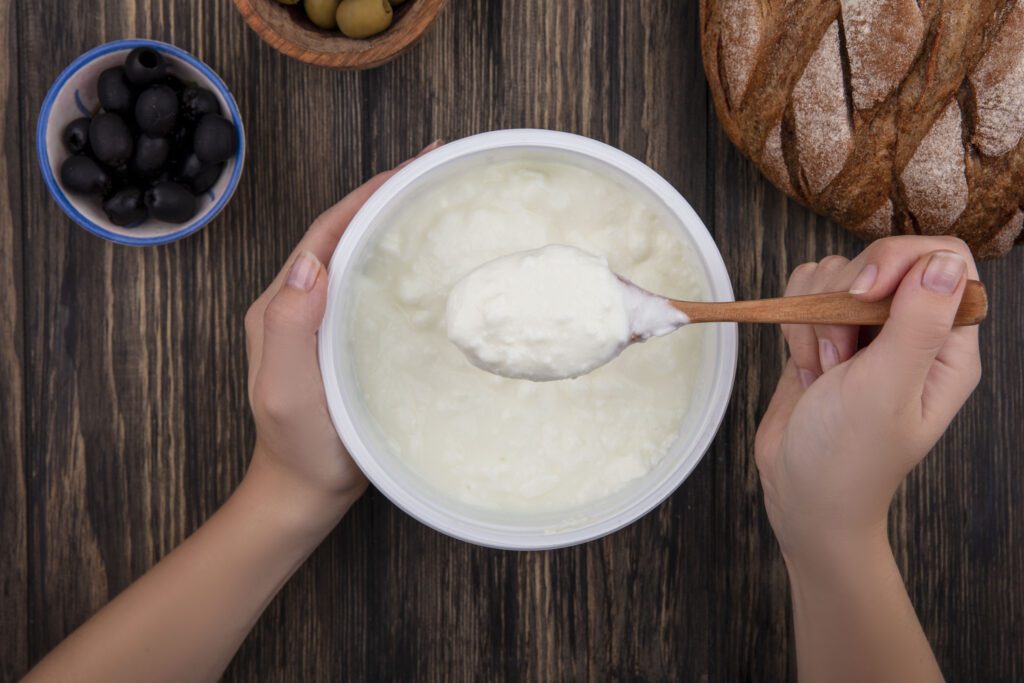Which Roti is Best for your Children?
If you are a parent and wondering which roti will keep your child energetic, healthy, and happy, this is completely for you because the “best” roti is not about fancy ingredients — it is all about nutritional value, easy digestion, and developing healthy eating habits. We always talk about kids’ health and in between that, we often think about milk, fruits, and vegetables — but what about the Roti or Chapati? This everyday staple can be one of the most powerful foods in your child’s diet if you choose the right type of it.
From whole wheat to ragi, each kind of roti has its own set of benefits for growing bodies. And while we are here, explore the style with us — because healthy kids are confident kids, and confidence shines in both their health and their fashion! Let’s explore different types of roti and how to make them fun and nutritious for your child.
Why Roti Matters in Your Children Diet?
Roti is a traditional flatbread that forms a big part of Indian meals. For children, it is more than just a something to fill the stomach. It is a source of carbohydrates for energy, fiber for digestion, and micronutrients for growth.
However, not all rotis and chapatis are the same. The flour, preparation method, and the portion size can make a huge difference in how nourishing and kid-friendly they are.
How and When to Introduce Roti to Children?
All right mothers and fathers, introducing solids to kids is a slow affair. In general, it is advised that solids should be given to babies once they are six months old. But since roti is a slightly more complicated food, it should be introduced a little bit late.
Age Guidelines:
- 6-8 Months
At this age, babies are just learning to eat solids. It is safer to give them pureed foods and mashed foods. Roti can be too chewy and may be a choking issue. So introduced once they have learned about mashed and pureed food. - 9-12 Months:
Small, soft roti pieces are given with dal (lentil soup) or vegetable puree. Break the roti into small pieces to avoid choking. Do not make any sort of rush because at this stage children learn about gagging. It is a normal reflex that helps prevent choking. It is a natural protective mechanism where the throat and palate spasm to push food or objects forward in the mouth. - 12 Months and Up:
Most of the children can manage more textural foods by this time. Small roti rolls or pieces can be introduced into their daily diet. Always keep an eye on your little ones when they are eating to make sure that they are chewing properly and not choked.
Types of Roti
1. Atta Roti (Whole-Wheat Roti)
This is the classic roti most families know especially in India. Made from whole wheat flour, it provides a familiar flavor and good nutrition. Whole-wheat rotis are high in fiber and complex carbs, helping digestion and keeping kids full. The fiber in wheat helps promote healthy bowel movements and supports gut health. It also contains B-complex vitamins, iron and calcium. It is easy to make and affordable.
Parenting tip
- A drizzle of ghee inside and outside adds flavor and healthy fats.
- Mix a little milk or ghee to make the dough soft.
- Cook lightly so it stays tender.
2. Bajra Roti (Pearl Millet)
Bajra roti is a traditional winter food in India. Rich in fiber, magnesium, phosphorus and protein. It keeps kids warm and satisfied in cool weather. Bajra roti has a slightly nutty taste. Because of it is very high in fiber, which “helps in smooth digestion and reduces the risk of constipation and perfect for sensitive tummies. Bajra is also rich in iron, an important mineral for growing kids. These nutrients help blood health and energy levels.
Parenting tip
- Best serve for breakfast & lunch as it is heavy to digest.
- Try to serve it with dal or curd.
3. Jowar Roti (Sorghum)

Jowar is a gluten-free millet often used in rotis. It is another fiber-rich grain, helping digestion. Jowar’s fiber supports a healthy gut and regular stools. It is also loaded with B-vitamins and minerals like magnesium and potassium. Because it is naturally gluten-free, jowar roti can be a gentle option if your child has any gluten sensitivity. Though it is high is antioxidants. The texture is slightly different like puffy, but many kids enjoy its mildly sweet taste, wholesome flavor. You can try combining jowar flour with other flours or making a mixed-grain roti for balance.
Parenting tip
- Pair it with da or vegetable for a wholesome meal
4. Ragi Roti (Finger Millet)
Ragi is also known as Finger Millet. Ragi is packed with soluble fiber, which slows digestion and keeps kids feeling full longer. Importantly, ragi is very high in calcium, helping build strong bones, teeth and healthy blood in growing children. It also contains protein, iron that can help preventing anemia and essential amino acids. Because of its nutty taste, you might mix ragi with some wheat flour to make it more kid-friendly. Overall, ragi roti is a nutrient powerhouse – great for toddlers and growing children.
Parenting tip
- Mix with wheat flour to make it softer
- Serve with a mild vegetable curry or dal.
5. Multigrain & Vegetable-Infused Rotis
A fun way to boost nutrition is to mix flours and add veggies. It is a variety of micronutrients and protein. Multigrain is a mixture of wheat, jowar, ragi, bajra or oats. Good for immunity and growth. To make it more healthy, vegetables can be add to the dough or vegetable purees.
Such rotis enhance digestion (fiber) and help blood and cell growth (iron and protein). To make it more healthy, vegetables can be add to the dough or vegetable purees like spinach, beetroot or pumpkin to get the kids to eat their roti and veggies without a fuss. This adds nutrients and makes the roti colorful. In short, multigrain or veggie rotis are a tasty way to sneak in extra vitamins and fiber.
Parenting tip
- 70% wheat and 30% other grains.
- Introduce slowly as it too much fiber at once lead to bloating in younger children.
6. Parathas (Stuffed/Flavored Rotis)
Sneaky way to add veggies, paneer or lentils. the best way to increase protein, fiber and micronutrients. Parathas filled with seasoned potatoes, or greens (methi paratha), as aloo paratha is quite popular in Punjab so try to introduce flavors to your little one.
Parenting tip
- Avoid too much oil/ghee.
- Serve with curd or homemade dips.
How to Introduce New Rotis to Your Children?

Children can be fussy eaters, especially with new textures or tastes. Here’s how to make the transition smooth:
-
Mix flours: Start with a majority of familiar wheat flour, then slowly add new grain flours.
-
Serve with favorites: If your child loves dal, curd or yogurt pair the new roti with it.
-
Make fun shapes: Star- or heart-shaped rotis can make mealtime exciting.
-
Involve them: Let kids help in rolling or cutting shapes — it boosts interest in eating.
When to Avoid Certain Rotis?
Not every time the dish or meal you made is liked by child. Though there are certain situation, we should avoid such rotis.
-
If your child is sick, opt for lighter grains like wheat or rice flour instead of heavy bajra or jowar.
-
For toddlers under 2, avoid very coarse flours — they may be hard to digest.
-
In summers, heavy millet rotis can cause discomfort. Switch to the lighter option.
Sample of Weekly Roti Plan for Children
| Day | Roti Type | Meal Time |
|---|---|---|
| Monday | Whole wheat | Lunch/Dinner |
| Tuesday | Ragi + wheat | Breakfast/Dinner |
| Wednesday | Stuffed roti | Breakfast/Lunch |
| Thursday | Multigrain | Lunch/Dinner |
| Friday | Jowar + wheat | Lunch |
| Saturday | Bajra roti | Breakfast/Lunch |
| Sunday | Your child’s favorite | Breakfast/Dinner |
But still the question is Which Roti is Best for your Child??
- Wheat Roti
- Bajra Roti
- Jowar Roti
- Ragi Roti
Dr. Pawan Mandaviya said According to the ranking Wheat Roti is at Number 4. It is most common, but is the last in nutrition. It is loaded with carbs which gives energy to the child but very less in proteins and nutrients. It is less beneficial for weight gain ana immunity.
Number 3 Jowar Roti – It is good for digestion. Helps in boosting the immunity of children. Loaded with fibers and proteins. it is less in calcium and iron.
Number 2 Bajra Roti – Good for immunity and weight gain. It contain high amount of iron, magnesium ana zinc which keep the stomach full throughout the day. Be careful, while introducing it to your child as it can be a little heavy to digest.
Number 1 Ragi Roti – It has four times more calcium than milk. It is full of iron which prevents anemia. it helps in weight gain. Boosts the energy as it is antioxidants and amino acids.
Do not only depend on Wheat Roti. Try to switch on different flours according to the weather and health of children. This will give the child a balanced diet which improves the overall growth and development.
A Word from Ursans
At Ursans, we know parenting is a beautiful yet challenging journey. From choosing the right food to picking the right outfit, every decision matters. While you take care of their nutrition with the perfect roti, we will help you keep them looking their best with soft and stylish clothing.
Healthy eating and great style go hand in hand because when your child feels good inside, it shows outside.
Conclusion
There is no single “best” roti for all children. It often comes down to taste and needs. Whole-wheat roti is a great everyday choice, but mixing in millets or veggies boosts nutrition. Millets like bajra, jowar and ragi bring extra fiber, iron and calcium. Vegetable-infused rotis sneak in greens and color. The key is variety and fun. Try different rotis with your child, and watch which ones become favorites. Use shapes, colors and tasty dips to make each meal engaging.
With a little experimentation, you will find the perfect roti options that keep your child happy and health



